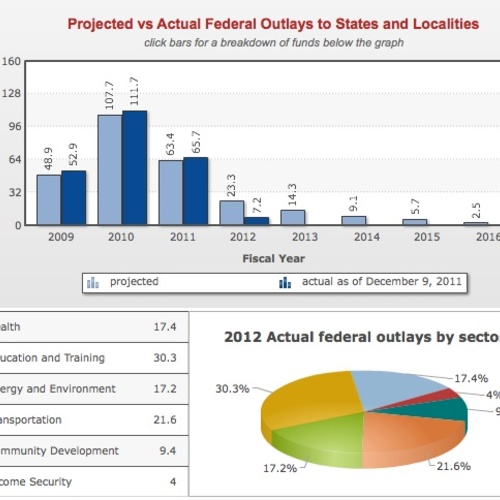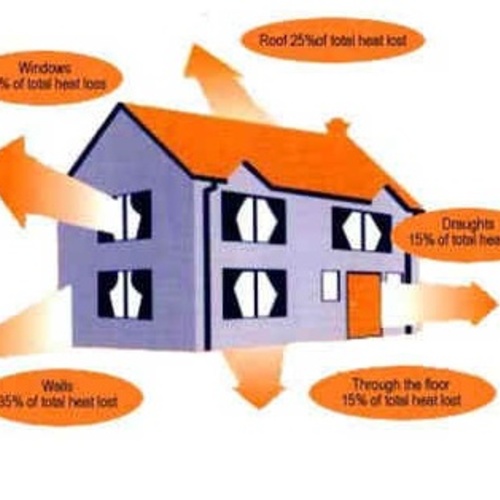
Image Credit: California State Auditor, Bureau of State Audits
A recent New York Times story on the sometimes inconsistent results of the stimulus-enhanced Weatherization Assistance Program describes some of the issues that have made it a political target. After funding for the program was substantially increased in early 2009, there was confusion about wage requirements.
In some states, hiring freezes prevented local agencies from quickly beefing up training, administrative and fieldwork teams. Inadequate training in some areas led to poor quality work. And large funding commitments to some states were slow to yield anything but paltry results.
So even though the rollout of the “new” WAP, whose $5 billion in funding under the $787 billion American Recovery and Reinvestment Act cast a tall shadow over the $300 million to $400 million usual annual allotment, has been successfully deployed in many states, the program’s past, existing, and potential weaknesses have gotten the full light of day. That, naturally, has made weatherization a political target, particularly for those eager to portray the stimulus program as a failure and claim the high ground as deficit hawks.
Nothing to like for some
In fact, the WAP – which was launched in 1976 to increase the energy efficiency of homes of low-income families, and had attracted scant attention before it got juiced by the Recovery Act – has been in the crosshairs of small-government advocates ever since its funding boost in 2009. Terms such as “boondoggle,” “fiasco,” and “money pit” are applied freely.
It is still too early to tell how much of this political spaghetti will stick to the wall. One goal of the expanded program was to weatherize 600,000 homes; some 484,000 have been retrofitted so far, according to the Department of Energy, which oversees the state programs that administer the WAP. The expanded program is designed to release funds in two installments, with release of the second allotment contingent on proper and complete spending of the first. The DOE deadline for completion of that first phase is March 31, 2012. There is still plenty of time for things to go right or go wrong, but the odds seem to favor more of the former than the latter – and continued targeting by critics of the stimulus.
Weekly Newsletter
Get building science and energy efficiency advice, plus special offers, in your inbox.













One Comment
WAP Works
I have seen, first hand, the improvements made through WAP funds. They are especially effective when applied to large multi-family units that may not have had improvements in the last 25 years. WAP works.
Log in or create an account to post a comment.
Sign up Log in